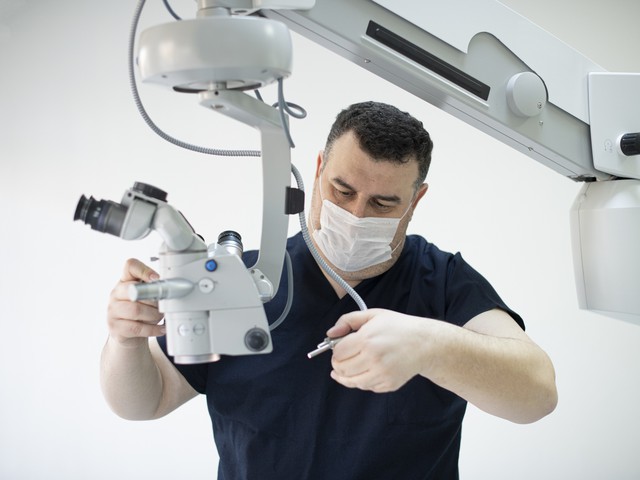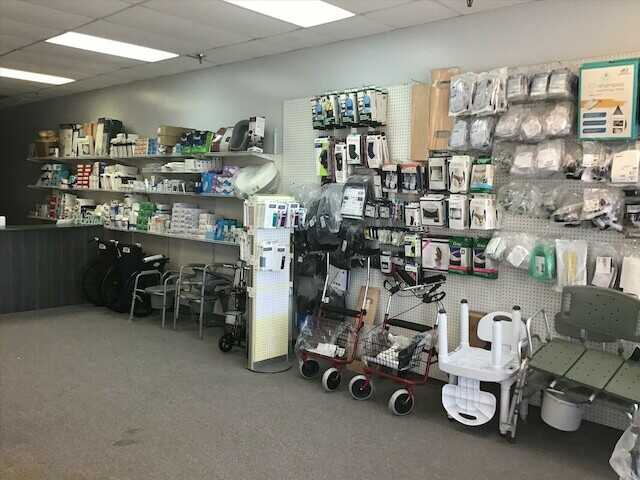In recent years, the global healthcare industry has been increasingly embracing eco-friendly alternatives in medical supplies. This shift towards sustainability is not only driven by environmental concerns but also by the growing recognition of the significant impact that healthcare practices have on the planet. From biodegradable wound dressings to reusable surgical instruments, the adoption of eco-friendly medical supplies is revolutionizing the way healthcare is delivered while minimizing the industry’s carbon footprint.
The Need for Eco-Friendly Medical Supplies
Traditional medical supplies, often made from non-biodegradable materials such as plastics and metals, contribute to environmental pollution and resource depletion. Disposable items like single-use syringes, gloves, and packaging generate vast amounts of waste, much of which ends up in landfills or oceans, posing severe threats to ecosystems and public health. Moreover, the production and disposal of these supplies consume significant energy and resources, further exacerbating environmental degradation and climate change.
Recognizing these challenges, healthcare providers, manufacturers, and policymakers are increasingly turning to eco-friendly alternatives to mitigate the industry’s environmental impact. By prioritizing sustainability in medical supply chains, stakeholders aim to minimize waste generation, reduce greenhouse gas emissions, and promote the responsible use of resources without compromising patient care.
Eco-Friendly Innovations in Medical Supplies
The shift towards eco-friendly medical supplies encompasses a wide range of innovations and initiatives aimed at making healthcare more sustainable. These include:
1. Biodegradable Materials
One of the most promising developments in eco-friendly medical supplies is the use of biodegradable materials derived from renewable sources. Biopolymers such as polylactic acid (PLA), derived from corn starch or sugarcane, are increasingly being used to manufacture items like sutures, surgical meshes, and drug delivery systems. Unlike traditional plastics, biodegradable materials break down naturally over time, reducing the environmental impact of medical waste.
2. Reusable Instruments and Devices
Another key strategy for promoting sustainability in healthcare is the adoption of reusable instruments and devices. Instead of single-use disposable items, healthcare facilities are investing in high-quality surgical instruments, endoscopes, and imaging equipment that can be sterilized and reused multiple times. Not only does this approach reduce waste generation, but it also lowers procurement costs and minimizes the energy and resources required for manufacturing.
3. Eco-Friendly Packaging
In addition to medical devices and instruments, the packaging of medical supplies is also undergoing a sustainable transformation. Manufacturers are exploring alternatives to traditional plastic packaging, such as compostable bio-based materials and recyclable cardboard. By using eco-friendly packaging solutions, healthcare providers can minimize the environmental impact of product distribution and disposal while ensuring the integrity and sterility of medical supplies.
4. Energy-Efficient Manufacturing Processes
Beyond the materials themselves, efforts to promote eco-friendly medical supplies extend to the manufacturing processes used to produce them. By adopting energy-efficient technologies and practices, such as solar power, LED lighting, and water recycling, medical supply manufacturers can reduce their carbon footprint and resource consumption. Additionally, optimizing supply chain logistics can further minimize emissions associated with transportation and distribution. Come and check their page to see further details about eco-friendly alternatives in medical supplies.

The Benefits of Sustainable Healthcare Practices
The transition to eco-friendly alternatives in medical supplies offers numerous benefits for both the healthcare industry and the environment:
- Reduced Environmental Impact: By minimizing waste generation and resource consumption, sustainable healthcare practices help protect ecosystems, conserve natural resources, and mitigate climate change.
- Cost Savings: While the initial investment in eco-friendly alternatives may be higher, the long-term cost savings associated with reduced waste disposal, procurement, and energy consumption can outweigh the upfront expenses.
- Enhanced Reputation: Healthcare facilities that prioritize sustainability demonstrate their commitment to environmental stewardship and corporate social responsibility, enhancing their reputation among patients, staff, and stakeholders.
- Improved Patient Outcomes: Eco-friendly medical supplies not only benefit the environment but also contribute to better patient outcomes by minimizing the risk of infection, allergic reactions, and other complications associated with traditional materials.
Conclusion
As the healthcare industry continues to evolve, the adoption of eco-friendly alternatives in medical supplies is emerging as a critical strategy for promoting sustainability and improving patient care. By harnessing the power of innovation, collaboration, and responsible consumption, healthcare providers can drive positive change and create a healthier, more sustainable future for generations to come.





